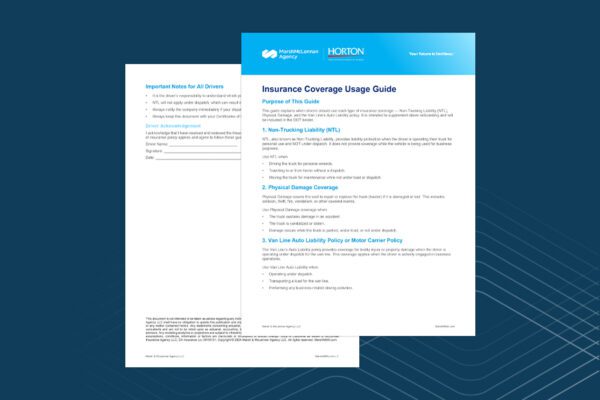Your Human Resources Department has more than likely changed dramatically over the past decade – less paper and more advanced technology. Before you implement a new HR technology solution – stop and make sure you are addressing these four key common mistakes.
1. Tech isn’t the Magic Pill
“My teams aren’t communicating, and projects are falling through the cracks. Leadership is beyond frustrated – I need a solution!”
A common struggle we see in growing organizations is a breakdown in communications as teams become siloed. Implementing project management tools such as Asana, Basecamp, ActiveCollab, or even one designed specifically for your company will help – but it isn’t going to be a “magic pill.”
Bringing in technology should be part of your solution. Still, the first step is getting everyone on the same page with some standard processes and procedures – and even bringing in some coaches to work with your team on how to communicate better. Without fixing the underlying issue(s), adding tech to the mix might make things worse before they get better.
2. The Screen Time Dilemma
Historically, HR loves anything that reduces hands-on workflow. As companies grow, HR departments need to be leaner and more efficient. It’s no surprise that many Chief Human Resource Officers (CHROs) love flashy, interactive tech that gives them real-time data and, more importantly, gives some of the busywork, such as entering personal data, back to the employee.
What most HR teams forget is that the goal shouldn’t be to increase screen time, but to make their employee’s experience a better one. Creating more busywork for your employees isn’t going to increase proficiency or profits – it may have the opposite effect, which leads us to number three.
3. The Latest and Greatest may not be the BEST for You
Acquire and implement technology that works for YOUR team, even if it isn’t the latest, greatest, and flashiest. For example, not every sales team needs the robust features of Salesforce. It may do more harm than good. For larger sales teams over multiple locations, it’s an amazing tool that warrants the training and the management that goes along with it. For smaller teams who don’t have a sales manager or someone dedicated to overseeing the process, Salesforce often is cumbersome and rarely gets used to its full potential. The lesson: use what’s right for you.
4. The Buy-In Struggle
When HR teams overlook the screen time dilemma and choose a technology that isn’t right – they will then suffer from a lack of buy-in. As with our Salesforce example, this can happen with any type of technology – from benefits to payroll. BUT, if you’ve done everything right and you still aren’t getting buy-in, the missing piece is probably lack of communication and employees missing the WIIFM (What’s In It For Me) feeling.
The Solution is to get it right from the beginning, and the number one thing your HR team can have is posture! Yes, they need to believe in it, love it, and truly be excited about it – because they, too, are employees. Whichever route you take, it should have the focus to make employees’ lives better from a process, cultural, and overall employee experience standpoint!
Have a launch date, plan a FUN training, and make sure, whatever you do becomes part of your culture. Once employees see the true benefit, and they don’t perceive it as “just another HR flashy tool,” – you’ll get the buy-in you need.
In Conclusion
Advancements in technology combined with increased remote and WFH (Work From Home) workforces means HR leadership needs to slow down and deeply consider the employee experience before introducing and implementing new technology solutions to their teams. When done correctly, it’s a win/win scenario for everyone involved. If you are curious or care to learn more about this subject, contact a Horton representative!
Material posted on this website is for informational purposes only and does not constitute a legal opinion or medical advice. Contact your legal representative or medical professional for information specific to your legal or medical needs.


